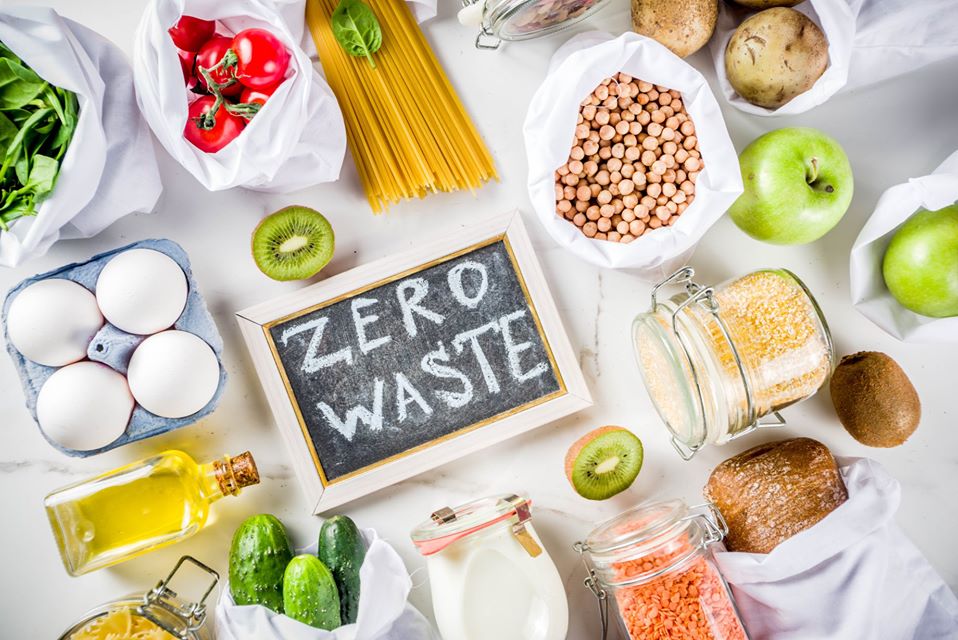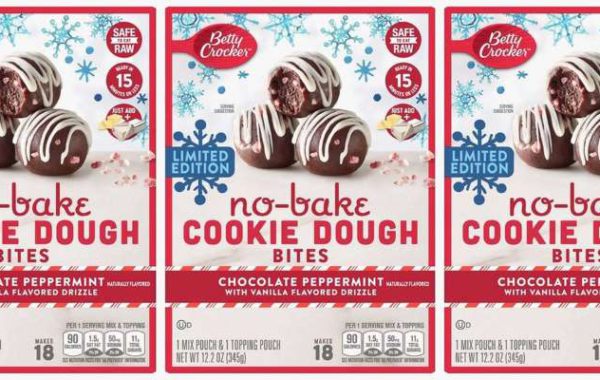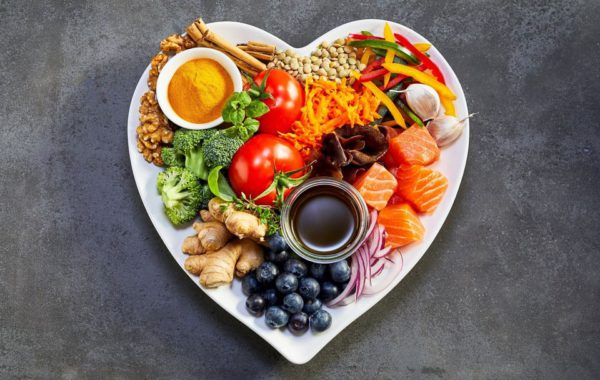Photo : Shutterstock
On Climate Action, There’s No Time — Or Food — To Waste
Today is World Environment Day, and this year, the United Nations have chosen to focus the day around the theme – ‘Time for Nature,’ with a focus on its role in providing the essential infrastructure that supports life on Earth and human development.
An estimated 1.3 billion tonnes of food is wasted globally each year, one third of all food produced for human consumption, according to the Food and Agriculture Organization (FAO) of the United Nations. The amount of food lost or wasted costs 2.6 trillion USD annually and is more than enough to feed all the 815 million hungry people in the world – four times over.
How is this possible? Are we really throwing away one third of the world’s edible food?
Food is lost or wasted throughout the supply chain, from initial agricultural production down to final household consumption. Food losses have an impact on food security, on food quality and safety, on economic development and on the environment. So reducing food loss and waste is critical to creating a Zero Hunger world and supporting United Nation’s Sustainable Development Goals (SDGs), especially SDG 2 (End Hunger) and SDG 12 (Ensure sustainable consumption and production patterns).
We at the Foodie Network believe that everyone has a part to play in reducing food loss and waste. While at the macro level, organizations like FAO work to promote awareness and advocacy on the issues and to develop policies to reduce food wasted, at the micro level, it depends on us, the consumers and changing our individual attitudes, behaviours, consumption and shopping habits. It needs to start at home. Here are some smart tips to get you started:
- Shop Wisely and Be Realistic: Plan your meals. Make a shopping list and avoid succumbing to marketing gimmicks or impulse buying especially when it comes to perishable goods.
- Understand Expiry Dates: “Sell-by” and “use-by” dates do not always indicate safety, except on certain baby foods. Rather, they are manufacturer suggestions for peak quality. Most foods can be safely consumed well after their use-by dates.
- Freezer is your Best Friend: Frozen foods remain safe indefinitely. Freeze fresh produce and leftovers if you won’t have the chance to eat them before they go bad.
- Order Wisely: Don’t over order. Restaurants will often provide half-portions upon request at reduced prices. Also ask your restaurant to pack up your extras so you can eat them later. Freeze them if you don’t want to eat immediately.
- Compost: Composting food scraps can reduce their climate impact while also recycling their nutrients.
- Donate: Non-perishable can be donated to local food banks, and shelters. Local and national programs frequently offer free pick-up and provide reusable containers to donor.
- Love your food: The more we appreciate all it takes to get food to our tables, the more we will naturally take steps to be sure it all goes to good use. Happy #WorldEnvironmentDay #ForNature #DoYourBit
















